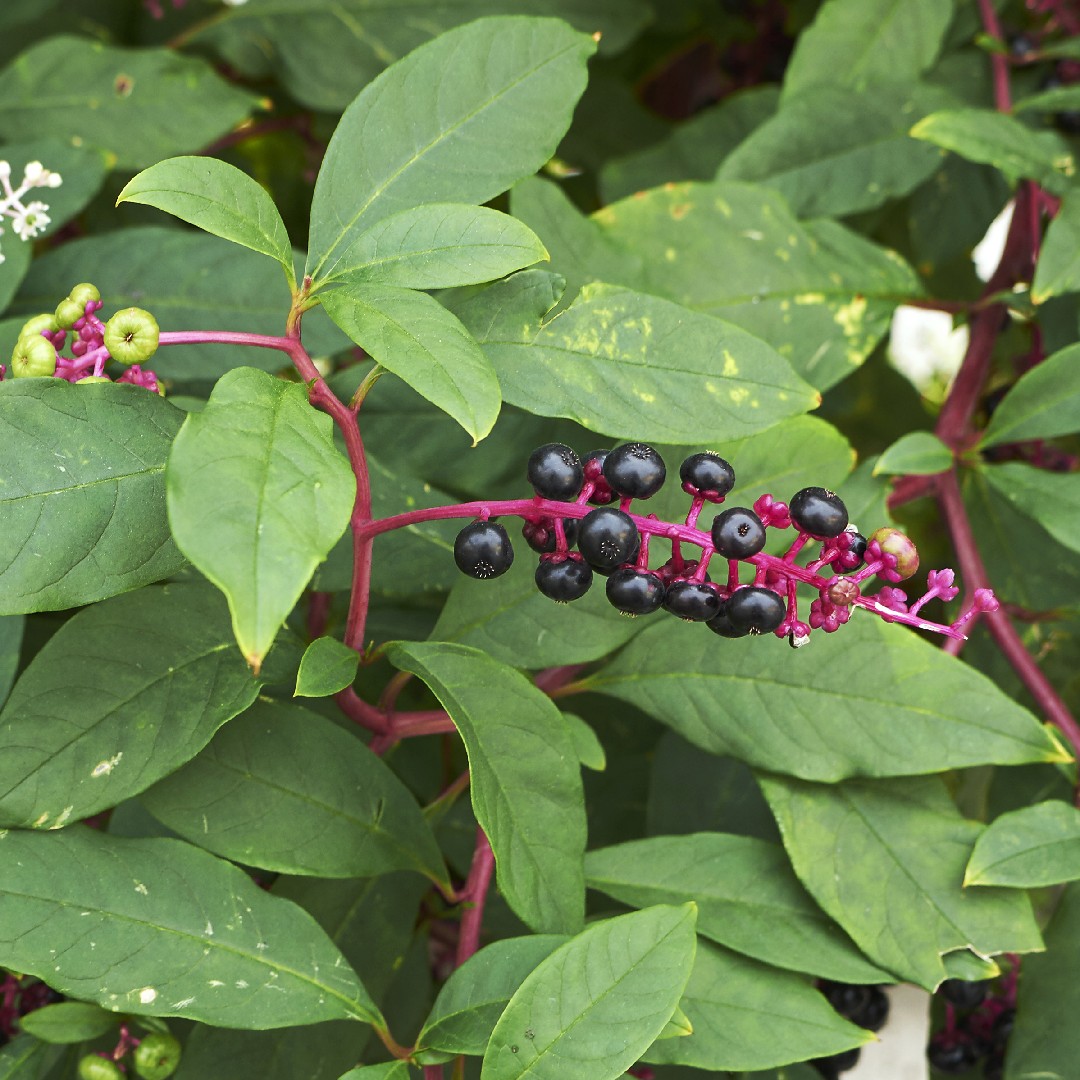Weeds
Thought to originate from southeastern Europe, creeping thistle is a registered invasive species in parts of Europe, North America, and New Zealand. It has now spread across the world and severe infestations plague several countries. Being a noxious weed, it contains a host of pests and threatens cereal crops and forage products. Creeping thistle also rapidly spreads, as each plant can produce up to 5,300 seeds. They can clone, withstand extreme temperatures, and seeds remain intact for up to 20 years in soil. Mowing and herbicides are the most effective means of controlling the spread of creeping thistle.
How to Control it
The best time to remove weeds is before their flowering and fructification, otherwise controlling them can be very difficult. After they have flowered and fructified, their seeds can spread very fast, and hence, the weeds should be removed more often and precautions should be taken in advance in the following year. Mulching: During the seed stage, covering the soil with sawdust, straw or black mulches can effectively inhibit seed germination and the growth of seedlings. In the winter or spring, this method is often used to inhibit the seeds in the soil from germinating. If the weeds have already flowered and fructified, then the method can also be used to prevent more seeds from falling into the soil. Pulling out: Wear gloves or use tools to remove weeds before their fructification. If the soil is too dry, then water the soil thoroughly to make it softer, which can help to remove the root systems of the weeds. After that, deep tillage can be adopted to remove bits of weed roots left in the ground. This method works particularly well for weeds that are low-growing or in their seedling stages. Take care when removing it, as its leaves are very sharp. Mowing: Mowing weeds before their fructification can effectively control their spread. Especially for annual weeds, frequent mowing can inhibit their growth and fructification, and thus can remove them effectively within the year. Ploughing: Be sure to plough and pull out all roots of perennial weeds before planting. The roots should be discarded, exposed to the sun for a long time, or buried deep. You can also use the roots to make organic fertilizer and compost the weeds. It can be removed effectively with herbicide. If it is grown as an ornamental plant, its stalk should be promptly cut to avoid fructification leading to spreading. Note: When removing weeds, especially those which are toxic, thorny and have allergenic sap, be sure to wear gloves and avoid direct contact with them. When removing weeds during their bloom time, be sure to wear special masks to prevent pollen allergy.



















 Just like people, each plant has its own preferences and needs. Devote time to understanding your plants so you can nurture them properly. Observe your plants attentively, learning from their growth patterns, and becoming more in tune with their needs as you grow together. Keep a watchful eye on new plants and seedlings, as they are sensitive to both overwatering and underwatering. Shower them with gentle love and attention, fostering their growth and strength. Let the rhythm of your local climate guide your watering habits, adapting your schedule to the changing weather and the needs of your plants.
Just like people, each plant has its own preferences and needs. Devote time to understanding your plants so you can nurture them properly. Observe your plants attentively, learning from their growth patterns, and becoming more in tune with their needs as you grow together. Keep a watchful eye on new plants and seedlings, as they are sensitive to both overwatering and underwatering. Shower them with gentle love and attention, fostering their growth and strength. Let the rhythm of your local climate guide your watering habits, adapting your schedule to the changing weather and the needs of your plants. 













